Repurpose, rehome and upcycle – how to sustainably update your home
Patience & Gough Furniture has elevated upcycling to an art form.
Alice Serginson and her boyfriend Ollie Gough launched the business two years ago in Grange over Sands.
We spoke to Alice to find out some of the secrets behind their extraordinary creations. Alice and Ollie believe upcycling is an ethical choice.
“There are so many companies mass-producing furniture which is not built to last. So much ends up in landfill,” says Alice.
“And yet there are amazing pieces out there, handmade with love, often lasting centuries. By saving them we can create something original and bespoke.”
One of the most enjoyable parts of upcycling is going out and choosing your subject, she says.
“Spotting a piece of furniture with character and beautiful wood is so great, yet they are often overlooked. We then find ways to really show off its true potential.
“Another joy of upcycling is working with your hands and being creative. It lets the mind relax, you clear your head and just paint. It’s therapeutic and hours pass without me even noticing.”
Some of Alice’s favourite items to upcycle are mid-century pieces.
“I love the shape and they have the best veneers. It’s great if you can find one that’s solid wood though,” she says.
G-Plan and MacIntosh furniture from the Fifties is beautifully made but choose pieces with features such as interesting doors or handles, says Alice, so they don’t end up looking like Ikea.
Auctions are excellent sources and Alice and Ollie spend a lot of their time searching for the next project.
Alice says cheapest might not always prove best in the long run.
“Everyone thinks upcyclers buy cheap, but we have found if you pay £100 or £200 plus it is worth it for the quality.Look for a piece with a good base and check the drawers to make sure they open well.”
Chalk paints are free of harsh chemicals and are great for two-tone effects.
“But you need to water them down as this gets the smoothest finish, and you need to sand between each layer,” says Alice.
An alternative is Craig & Rose chalky emulsion, though it is harder to sand.
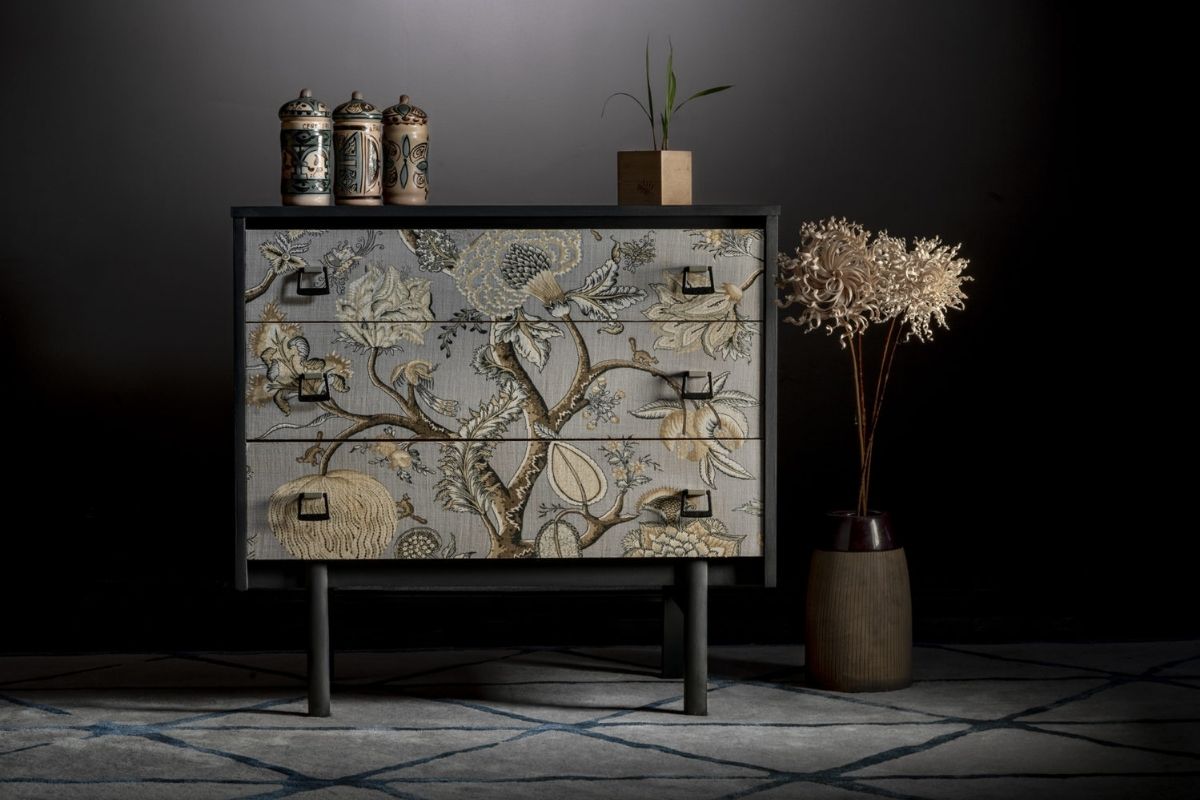
Alice has developed her own technique of applying fabrics to furniture. She says they give a warmer, more textured look than wallpaper.
Liberty of London has recently taken several pieces from Ollie and Alice which feature ornate fabrics.
“A few years ago upcycling was looked down on, mainly having the stereotype of shabby chic, amateur pieces,” says Alice.
“Now, having a bespoke, artisan piece of furniture in your home is often given higher regard than an expensive white box with no character.”
Top tips for the would-be upcycler
Think about where the piece is going in your home and whether you want complementary colours to work with your existing decor, or a pop of colour to create contrast.
Always try to find a piece with character.
Creativity is a process of sanding and looking at it. Look at the best feature of the piece and work around that. If drawer fronts have an amazing veneer then show it off, if they are boring, cover them.
Sanding is the most important job. So many pieces are thick with horrible brown varnish. You need to get all the varnish off but be really careful not to go through any veneer. Sanding can take one or two days.
Don’t forget you don’t have to do anything to a piece at all if you find it in perfect condition. One of my favourite pieces at home is a G-Plan desk which I have left as it is.
Ursh Stevens was upcycling before it was a thing, transforming a white MFI cabinet with pictures cut from magazines when barely out of her teens.
Today Ursh runs Rockit Home, based in Carlisle. The business began life as Refunked, specialising purely in upcycling for five years.
Ursh agrees that one of its greatest benefits of upcycling is for the mind.
“People are turning more and more to crafts,’ she says. ‘It’s a way to do something and relax away from the pressures of everyday life. Creating something is almost like therapy. The key starting point is to find a solid piece of furniture. After that Ursh says: “Put your own personality into the piece.”
The best kind of item to start with is a bedside table or bookcase, advises Ursh.
“They’re small enough and cheap enough to practice on and at the end you have something functional.”
Ursh is cautious about chalk paint for beginners, saying they can find it difficult to work with.
“You can use emulsion,” says Ursh. “Eggshell is ideal, it gives a nice slight sheen with a more matt finish. Gloss is too shiny. “Make sure to prep your piece. You can get a primer and undercoat in one from B&Q. Do one or two coats of that and then apply your paint.”
Ursh recommends getting tester pots of emulsion for your first one or two pieces. They are cheap, about £3 each, and are ideal if you are painting the legs or key points of the piece.
Always check out charity shops when you are looking for a candidate for upcycling, says Ursh.
“The Eden Valley Hospice furniture shop by Dunelm in Carlisle always has a good selection,” she says. “Also look on Marketplace on Facebook and eBay. “And don’t forget your relatives. Grannies always have stuff lying around.”
Ursh’s top tip for a simple item to transform, is vintage candle sticks.
“You can get them in charity shops and they are generally silver plated or brass. They are brilliant spray-painted in bright colours.Prime them first, and then spray your chosen colour on, and then some clear car lacquer.
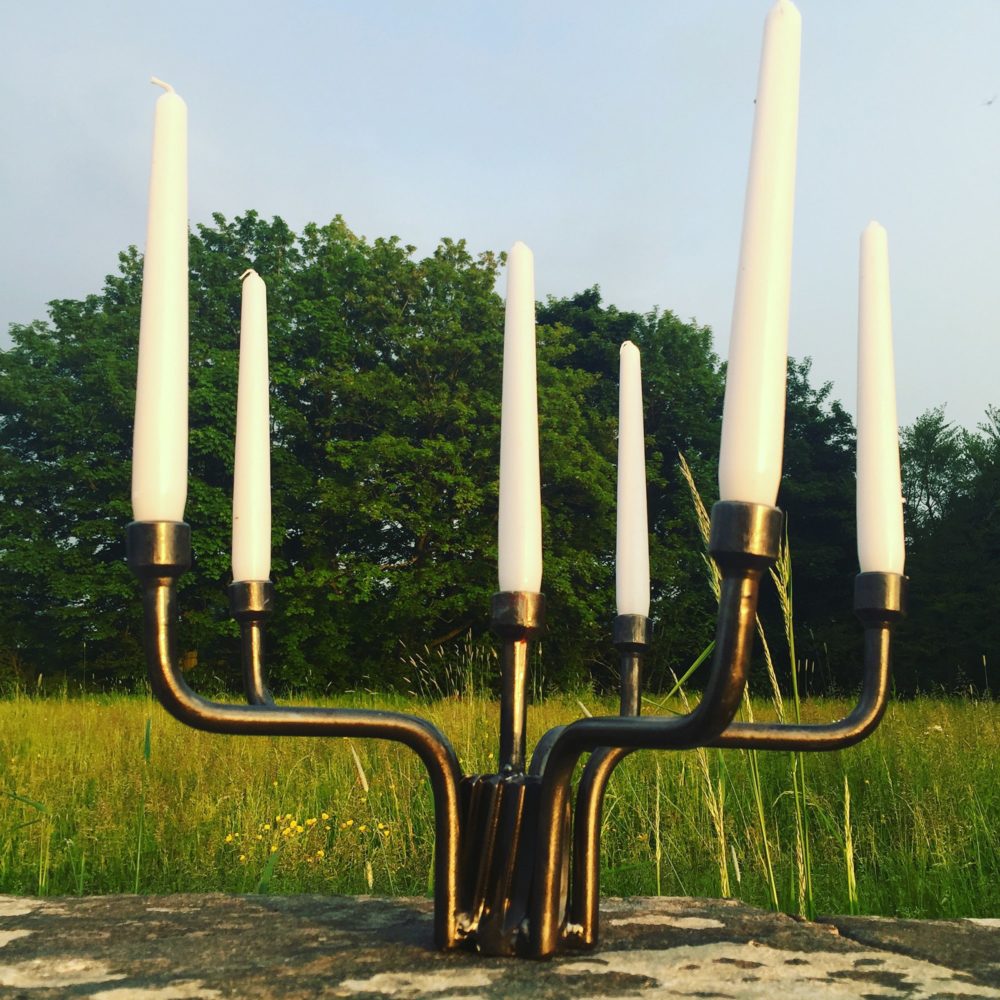
“It’s an easy way to add something eye-catching to your room. There are so many colours you can use, there are even fluorescent paints now."
Ursh will be running a workshop on upcycling your own piece of furniture in early April.
Rockit is now located in its new home Cecil Hall, Cecil Street in Carlisle.
The Absolutely Nice Vintage studio in Atlas Developments Carlisle is a treasure trove for interior lovers.
Damian Sealey and Mark Howlette started out with a cupboard under Mark’s mum’s stairs. Now their client list includes Pinewood Studio, Jack Wills and the designer Wayne Hemingway.
The guys don’t upcycle but are masters of the art of repurposing and rehoming.
“We are always trying to respect what the manufacturer or designer wanted for a piece of furniture and keep things original and historically accurate,” says Damian.
They specialise in mid-century pieces loving the craftsmanship and clean-lined design.
“Sometimes cheapest isn’t always the best. Do your research and select exactly the thing you want and then it will last,” says Damian.
Ercol furniture can be an ideal choice to rehome.
“Lighter colour woods are very on trend,” says Damian. “These tones and designs are open and less bulky which fit in with the Scandinavian aesthetic.
“Being raised off the floor can give the illusion of more space in a room. It has a fantastic build quality plus materials which have lasted the test of time.
“The beauty about this type of furniture is that you can most often choose which type of upholstery you want to fit a certain room, which is easily done for not a lot.”
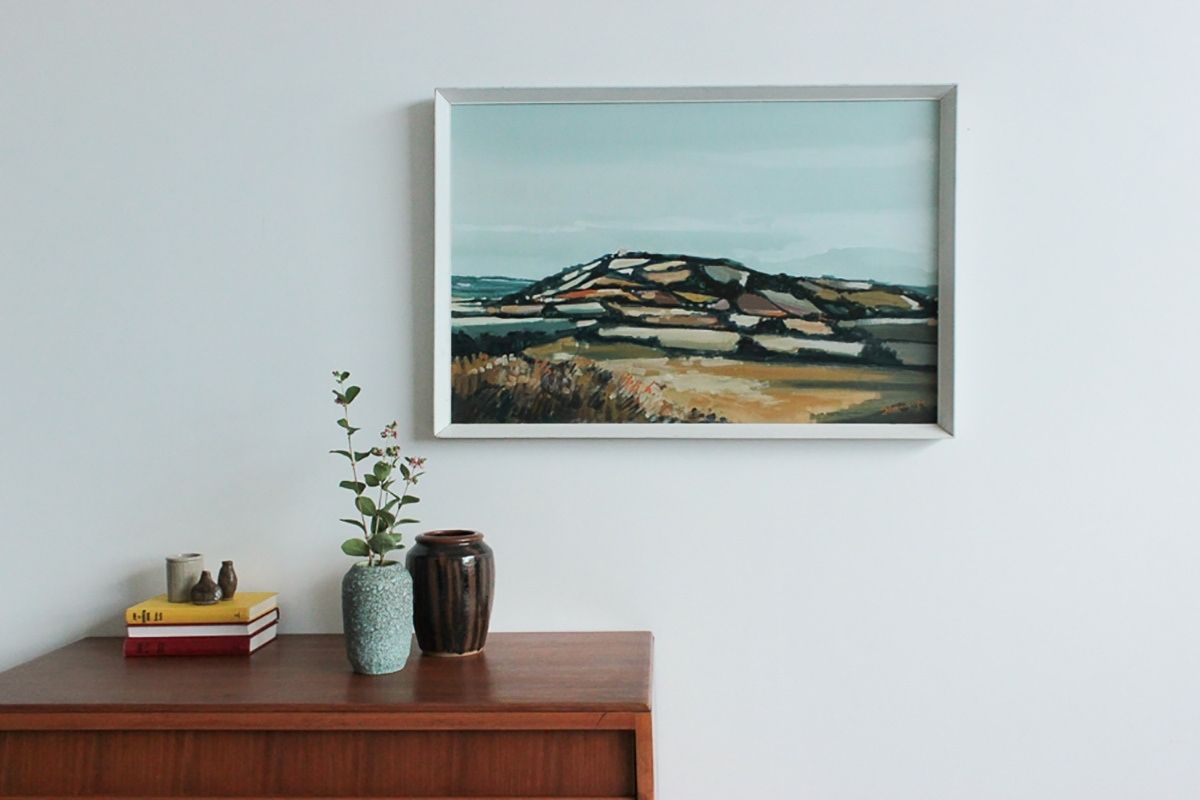
One of Damian and Mark’s specialities is spotting old and forgotten art works and vintage posters which can bring instant history and interest to an interior.
“If you see something in a cluttered second-hand shop you have to think of it out of that environment,” says Mark. “The retail setting can often make a lovely piece seem unappealing. “Think what frame is best. For us less is more and we always find simple clean lines work best.
“Art is so subjective, you’ve just got to go with your gut on this one. What you put on your walls really reflects your personality.”
The same applies to old lamps which can become stunning additions to your home simply with a new shade.
Classic vintage pieces to look out for are sideboards and storage.
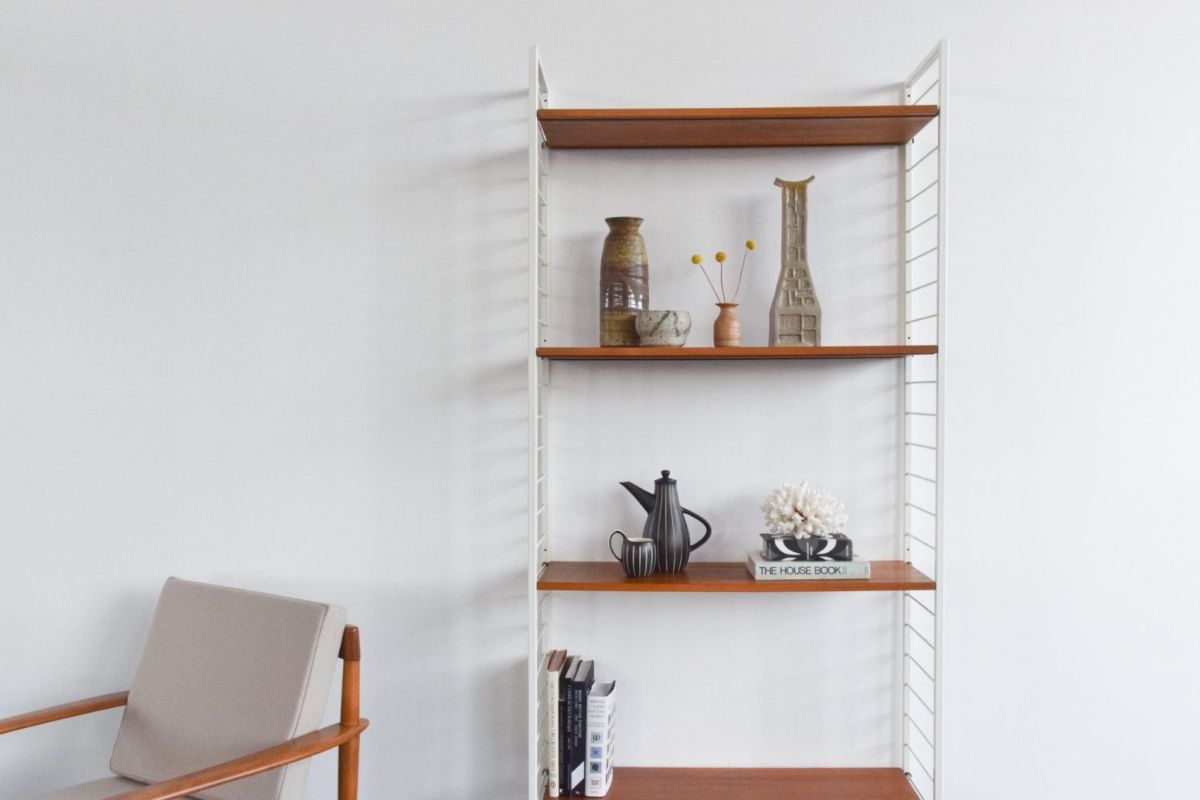
For example, Ladderax shelving. “It’s a brand that’s always going to hold its value plus is very practical and functional,” says Mark. “It’s been copied many times over and is still readily available today. It is light and airy which is great for smaller spaces.”
Sideboards are also functional and ideal for hiding away clutter.
“It’s important to think of the dimensions when buying one as a lot of them are very long,” says Mark. “Their sleek, clean lines can make a space feel refined.”
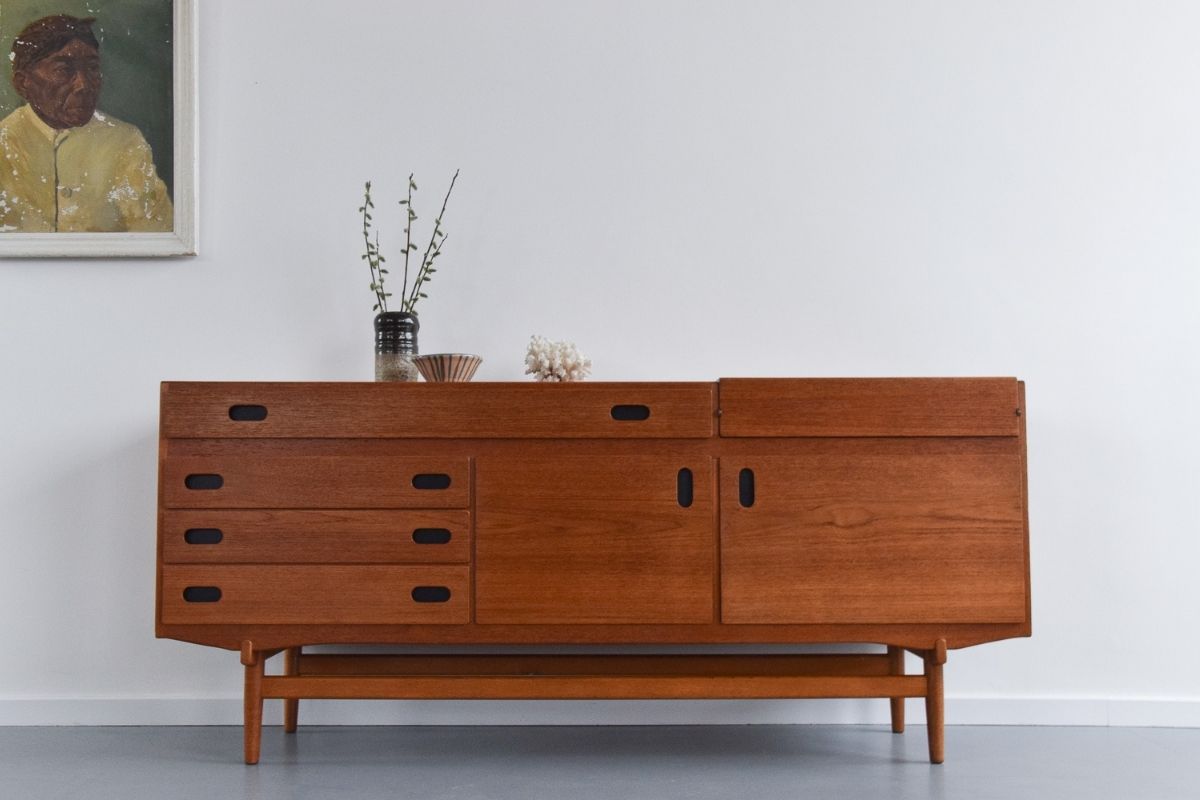
Bamboo and rattan remain vintage classics. “It’s kind of Seventies and bohemian and is still hugely popular and affordable,” says Damian. “It is a sustainable material and you can get everything from mirrors to full-on pieces of furniture.”
Another great vintage item to rehome is studio pottery, says Mark, made by artisans in limited runs.
Of course mid-century furniture is perfect for the Scandi look which is a major trend for 2020 – much of it came from workshops in Scandinavia and especially Denmark.
“Scandi is still a huge look right now – again quality and nice clean lines which can work so well in our current interiors,” says Damian.